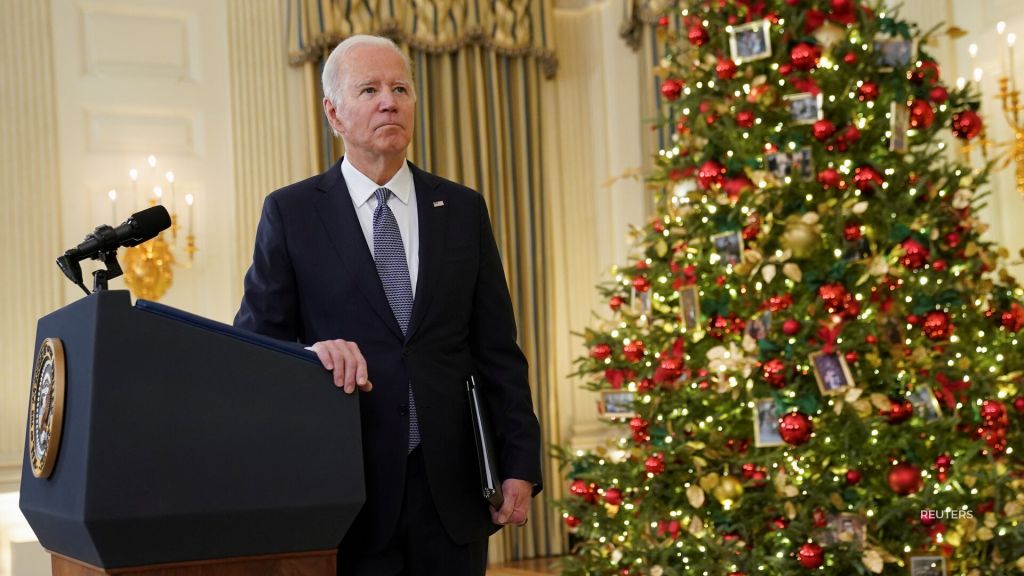With only 210,000 jobs added in November, America’s employers saw the slowest hiring pace in nearly a year. In the monthly jobs report, the Labor Department also noted that the unemployment rate dipped from 4.6% to 4.2%, proof that many people reported they had a job.
President Joe Biden played up the drop in the country’s unemployment rate on Friday, as he gave a brief speech on the November jobs report.
“At this point in the year, we’re looking at the sharpest one-year decline in unemployment ever,” he said, adding that the jobless rate “has now fallen by more than two percentage points since I took office.”
Despite this historically low jobless rate, these numbers are still not above the pre-pandemic level of 3.5% and are inflated.
Work at restaurants, bars, and hotels began to simmer last month as only 23,000 jobs were added compared to the 170,000 in October. The cause could be the slight uptick in COVID-19 cases or the elimination of outdoor dining.
Meanwhile, retailers cut 20,000 jobs in November, pointing out the unusual decline in holiday hiring compared to previous years. But 50,000 positions were added within transportation and warehousing firms, showing anticipation for more online shopping.
There are about 3.6 million fewer people with jobs than before the pandemic, and two-thirds of that total is no longer job-hunting therefore not counted as unemployed, contributing to the lower jobless rate. The remaining one-third of them are actively looking for work.
About half of those who dropped out of the workforce have retired, while the other half includes parents who stayed home to care for children during the closing of schools and daycares. Other people have become self-employed or continue to delay their job hunts due to fears around COVID-19.
On a positive note, nearly 600,000 people joined the workforce last month, meaning the proportion of Americans working or looking for work increased. This trend could lead to more robust job growth ahead, and it did finally cause a significant increase of Americans in the workforce from 61.6% to 61.8%–a budge that hasn’t happened since April.
Why does this matter? Even as unemployment has steadily declined this year, the proportion of Americans seeking work has not steadily increased. The trend causes a shortage of job-seekers, limiting hiring and forcing companies to pay more to attract and keep employees. Higher pay can sustain spending and growth, but it also feeds inflation if businesses raise prices to offset the higher labor costs.
The Federal Reserve is also keeping critical attention on if more people will start searching for jobs as it could suggest that the Fed is nearing its goal of maximum employment.
If the Fed’s employment mandate is reached and inflation at a three-decade high, Chair Jerome Powell could be pressured to raise interest rates sooner than later, causing loans to be more expensive for many individuals and businesses.
All in all, even with the nation’s current climate of inflation, shortages of workers and supplies, and the potential impact of the coronavirus omicron variant, the November jobs report does shed light on the possibility of sturdy economic recovery.
